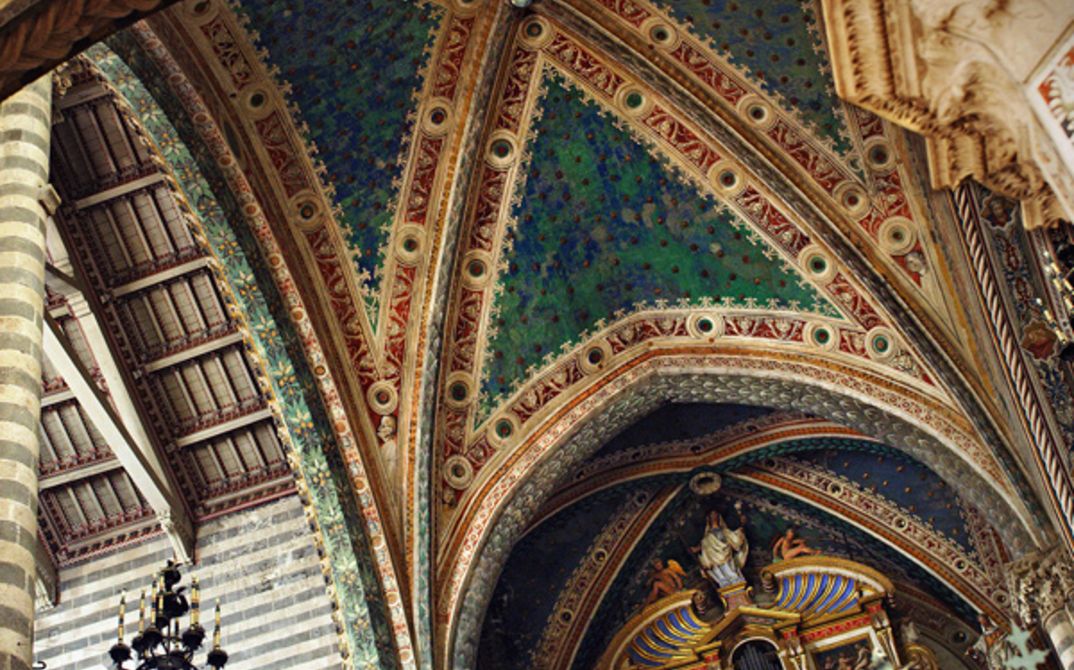36 min. English.
A confrontation and comparison of two church buildings, which could hardly be more different, but also a dialogue between various concepts of church and community: the Protestant Grundtvig’s Church in Copenhagen and the Catholic Cathedral in Orvieto. The cathedral in the central square in the middle of the city of Orvieto, with its visual histories in the interior and on the façade, and the imposing brick building of the church on the edges of Copenhagen, which forms the center of a housing complex of like-minded persons. Both radiate into their surroundings, the cathedral from great heights into the mountains around, the church itself like a rock in the flat land. The cathedral as a community achievement of great craftsmanship and the church like a strictly constructed dogma. Horizontal meets vertical, north meets south, mysticism meets joie de vivre, Protestantism meets Catholicism, clarity meets complexity, however they are distributed when it is a matter of the ideology of holy sites and the reflection and contemplation made possible inside them: the beauty of craftsmanship and political intentions.
Heinz Emigholz was born in 1948 in Achim, near Bremen. Since 1973, he has worked as a freelance filmmaker, artist, writer, cinematographer, producer, and journalist. In 1974, he began an encyclopaedic series of drawings, Die Basis des Make-Up, which was the subject of a major exhibition at Berlin’s Hamburger Bahnhof museum in 2007/08. In 1978, he founded his own production company, Pym Films. In 1984, he began a film series called Photographie und jenseits / Photography and Beyond. From 1993 to 2013, he held a professorship in experimental filmmaking at the Berlin University of the Arts, where he is a co-founder of the Institute for Time-Based Media and the university’s art and media course. Since 2012 he has been a member of the Academy of Arts in Berlin.
